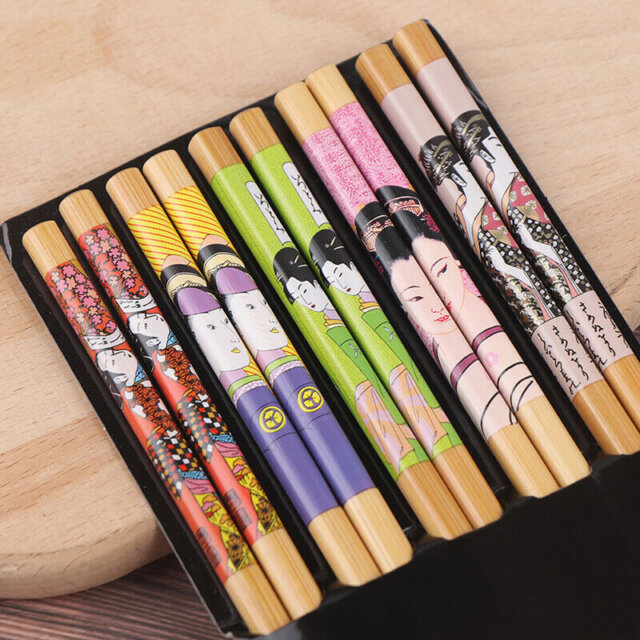How to Make Bento, Healthy Beginner’s Guide
How to Make Bento has earned a reputation for being a healthy lunch or dinner on the go as they are stuffed with nutrients, colour and great taste. The image of a packed bento may fill a novice with trepidation thinking about the daunting task that lies ahead while preparing the meal.
However, this need not be the case, if you adhere to a few simple guidelines, you too can learn how to make bento for the family.

Traditional meals served in bento boxes contain a well-balanced diet which includes a small portion of protein, fresh or pickled vegetables and rice which can sometimes be served as rice balls or onigiri balls. Ballance your meal right and you are on the way to a healthier life.
Table of Contents
1. Making Bento Box, Flavorsome & Satisfying
The basic rule for making bento which many forget in their haste to pack a healthy, appetising serving of lunch or dinner.
- First, ascertain the type of foods you cannot go without in the course of the day. Are you a fish or meat lover? Or are you crazy about colourful veggies? Do you like to have something different every day? Go for variety so that you can work with a lot of ingredients.
- Next, ascertain the portion size. Every single inch of space in your box should be utilised; so pack your meal tightly. The contents of your meal should be filling and flavoursome.
2. Pack the Right Kind of Food
A bento box’s contents are meant to be eaten at room temperature after sitting in the box for a few hours. Hence, certain foods are not advisable to be packed in a bento such as raw fish as in sushi. This gets spoiled soon and is meant to be eaten right away.
The best foods that go in a serving include stir-fried, cooked, boiled or vinegared food items. For example, vinegared salads, hard-boiled eggs, fried chicken are to name a few examples in this context. Concerning rice, ensure that it is prepared fresh in the morning or if you have the previous night leftovers, add vinegar to it or salt it to prevent it from spoiling. Brown rice, millet, quinoa or pasta without a dairy-based sauce are few other carb choices for a meal.
3. Maintain Balance
Maintaining a balance of texture, the balance of colours, the balance of ingredients and so on is at the core of a bento box. The ingredients balance as per the Japanese principle comprises 50% proteins vs. 50% carbs, veggies, and pickled items. However, you are the one who decides what goes in a bento box. The point to note is to include as much variety as possible.
For a balance of colour, add some bell peppers, cherry tomatoes, boiled egg, broccoli, or beans that balance your cooked food’s browns. A perfect serving includes varied textures. Include the crunchiness of carrots, softness of rice, juiciness of tomatoes or grapes, tenderness of fried chicken into your bento to bring a balance of textures. A balance in cooking methods is also needed. You mustn’t focus on a single cooking method, which means all your food should not solely be fried or boiled or raw. It should have a mix of everything.
On a Concluding How to Make Bento Note
How to Make Bento comes easy once you get used to it, and this is achieved through practice. Begin simple and then go elaborate. Found this Making Bento Box, The Beginner’s Guide interesting? Why not read our guide on How to Prepare a Japanese Lunch Box, learn how to choose the right accessories and most importantly learn how to plan and balance nutrition with the right aesthetics. Not sure what bento is? read the Wikipedia definition here.



